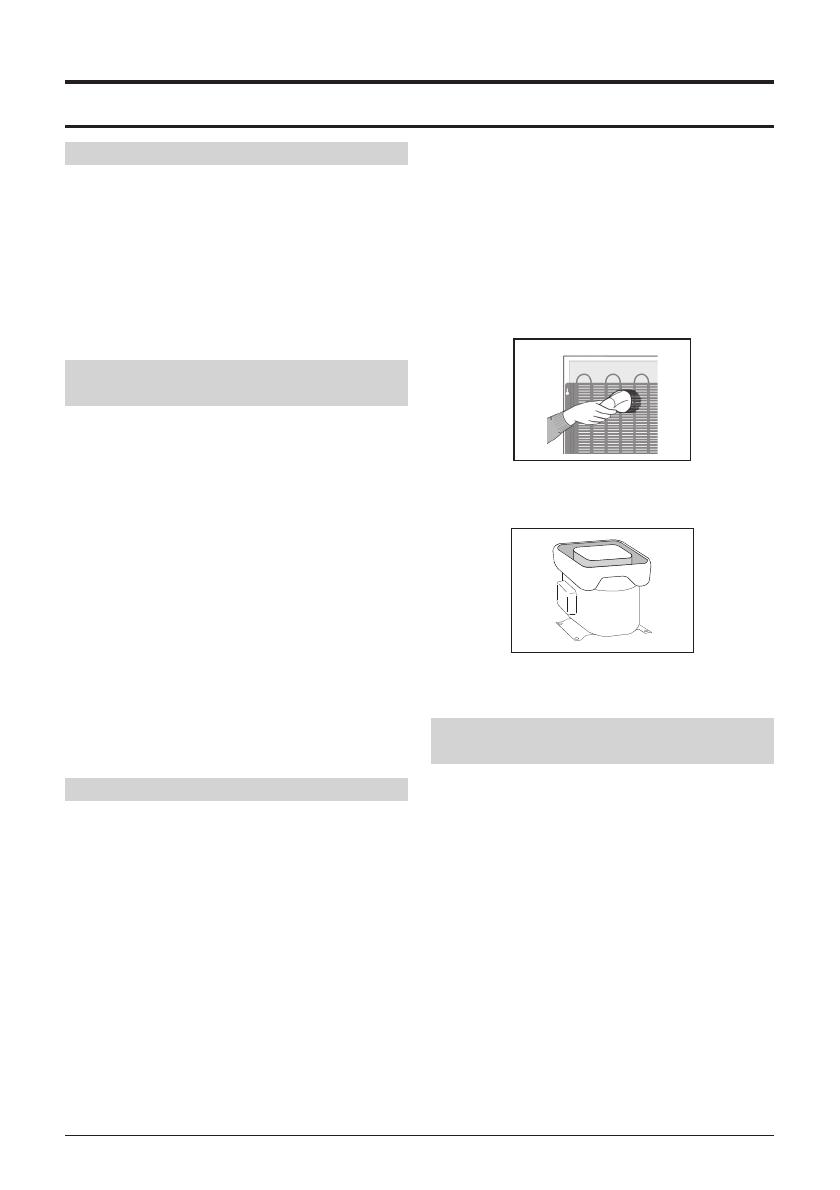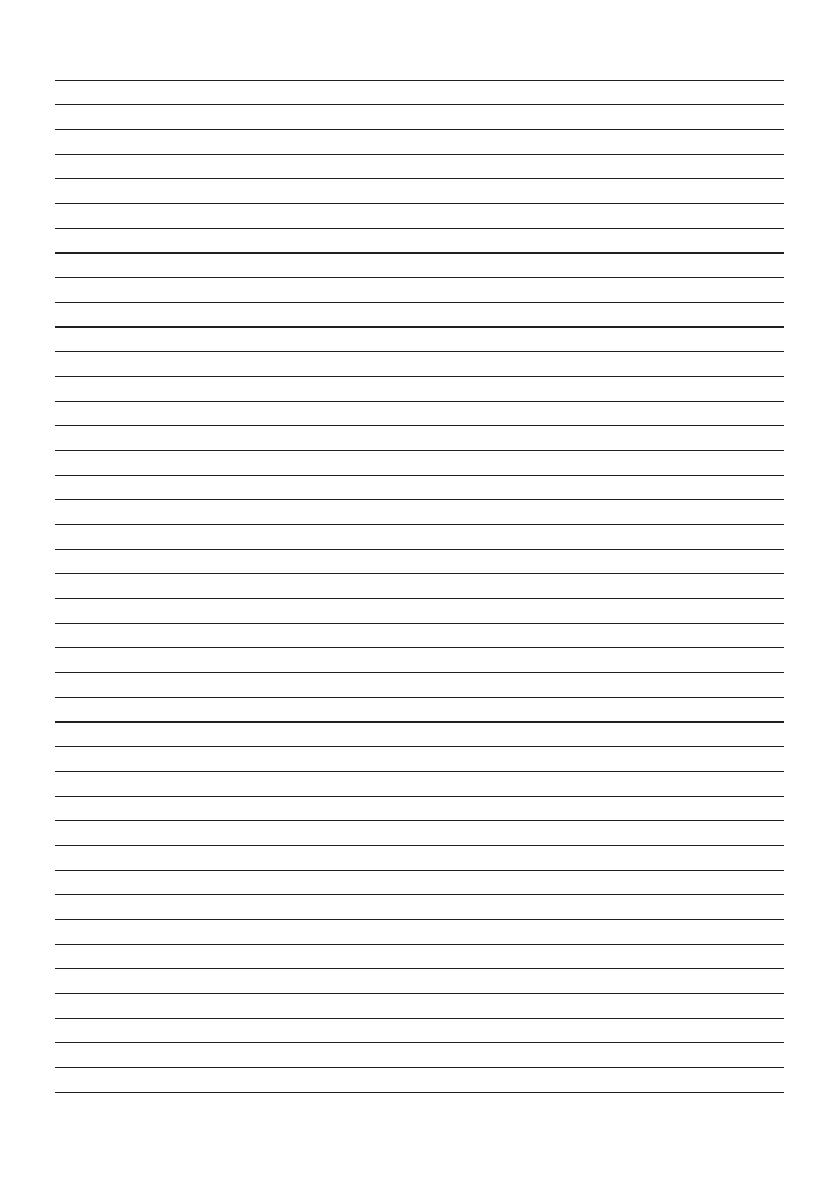
Instructions for Use4
x These instructions are printed either on
recycled paper or chlorine free bleached
paper.
x When your appliance finally wears out,
please try not to burden the environment
with it; call your nearest authorised service
agent. (See Disposing of the Worn Out
Appliance).
Tips for Energy Savings
x Try not to open the door too often, especially
when the weather is wet and hot. Once you
open the door, mind to close it as soon as
possible. This is especially important if you
have an upright model.
x Every now and then check if the appliance is
sufficiently ventilated (adequate air
circulation behind the appliance).
x Use higher thermostat settings only when
required or recommended.
x Before loading the appliance with packages
of fresh foods, make sure they are cooled to
ambient temperature.
x Ice and frost layer increase energy
consumption, so do clean the appliance as
soon as the layer is 3-5 mm thick.
x If the gasket is damaged or if it turns out that
the sealing is poor, the energy consumption
is substantially higher. To restore efficiency,
replace the gasket.
x The condenser on the rear wall should be
always clean, free of dust or any impurities.
x Always consider instructions stated in
sections Positioning and Energy Saving
Tips, otherwise the energy consumption is
substantially higher.
Important
x This appliance is not intended for use by
persons (including children) with reduced
physical, sensory or mental capabilities, or
lack of experience and knowledge, unless
they have been given supervision or
instruction concerning use of the appliance
by a person responsible for their safety.
x If you have bought this appliance to replace
an old one equipped with a lock that cannot
be opened from inside (lock, bolt), make sure
that the lock is broken. This will make
it impossible for children to lock themselves
inside the appliance and suffocate.
x The appliance must be correctly connected
to the mains supply. (see: Connecting to the
Mains Supply).
x Do not touch the cooled surfaces while the
appliance operates, especially not with wet
hands, because the skin may stick to the
cold surfaces.
x Do not freeze bottles containing liquid,
especially not soft drinks, such as mineral
water, sparkling wine, beer, cola etc.,
because liquid expands during freezing and
the glass bottle is very likely to blow up.
x Do not eat frozen food (bread, fruit,
vegetables), because you can get frostbites.
x If the food has strange smell or color, throw it
away, because it is very likely that it is
spoiled and therefore dangerous to eat.
x Disconnect the appliance from the power
supply before repairing it (only a qualified
technician should repair it), before cleaning
and before replacing the light bulb.
x Do not defrost the appliance with other
electric devices (hair dryer etc.) and never
scrape the ice or frost layer with sharp tools.
Use only enclosed tools or tools
recommended by the manufacturer.
x For the sake of environment protection - be
careful not to damage the rear wall of the
appliance (the condenser unit or the tubes -
for example when moving the appliance) or
any part of the refrigerating system inside the
appliance.
x The refrigerating system of the appliance is
filled with refrigerant and oil, so when the
appliance is damaged, handle it with care
and dispose it of in compliance with
environmental protecting precautions. (See
We Care for the Environment).
x Heating element incorporated in the
appliance, all around the rim, is controlled by
the operation of the compressor and it
prevents the door gasket to freeze on to the
freezer housing.
x If the supply cord is damaged, it must be
replaced by the manufacturer or his service
agent or a qualified person in order to avoid
hazard.
x The rating plate is inside the appliance or
outside on the rear wall.
x Warning: Ventilation slots on the appliance
or built-in element should always be kept
clean and unobstructed.



















